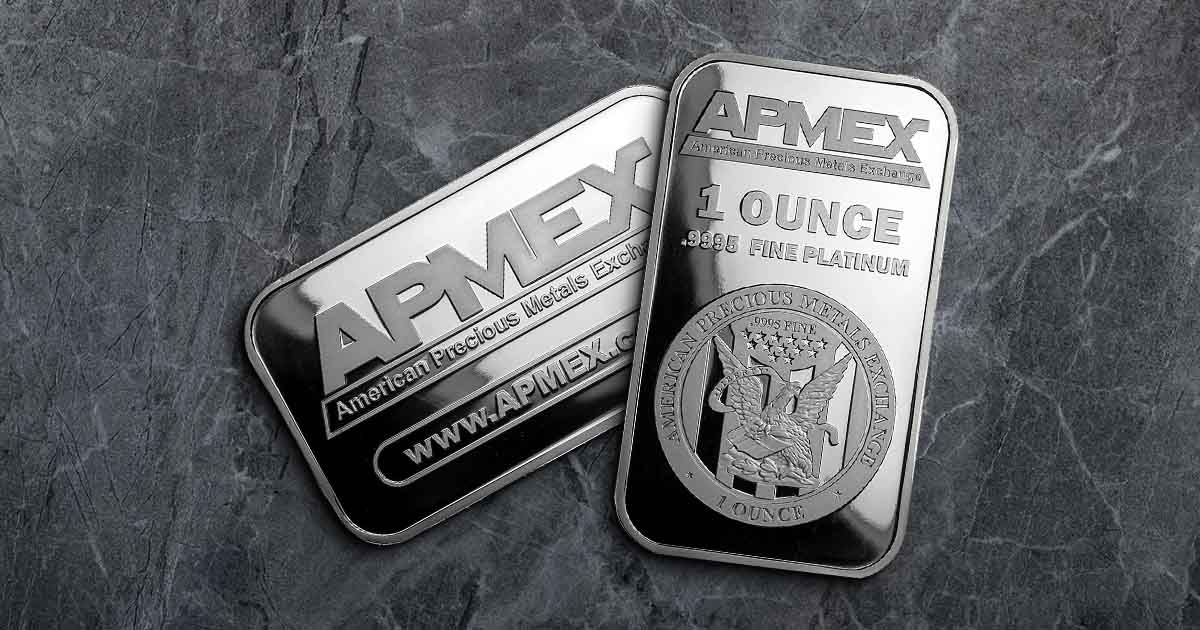
The Platinum Fixes are benchmark pricing mechanisms for platinum, which are used in precious metals markets to establish reference prices. These benchmarks are established through a twice-daily fixing process conducted by a consortium of participating market-making entities.
Benchmark prices determined through the fixing process are often utilized to settle contracts and transactions within the platinum markets. Like Gold Fixing, the entities making these decisions have locations in London.
The Fixing Process
Throughout the fixing process, representatives exchange insights regarding their clients’ buying and selling preferences, which may include orders for trades at precise price levels. Leveraging this data, participants strive to pinpoint a platinum price where supply aligns with demand, effectively establishing the “fix” for that moment.
This procedure entails a sequence of bids and offers until a mutually agreeable price is attained. Upon consensus, the fixing member communicates the final price to their trading desks, from where it is communicated across the broader market.
Impact on the Market: Why it Matters to Investors
The Platinum Fix serves as a pivotal reference for platinum prices on a global scale, exerting influence over a range of financial instruments such as futures contracts, options, and platinum exchange-traded funds (ETFs). It offers investors a reliable benchmark against which they can evaluate the worth of their platinum investments.
Despite the evolving technological and regulatory landscapes, the fixing remains pivotal in the platinum market. Its enduring legacy shows London’s prominence in the worldwide platinum trade persists, solidifying its position in financial history.
Transparency and Regulation
Heightened worries about transparency and potential market manipulation have spurred reforms within the platinum market, notably impacting the London Platinum Fix. The London Metal Exchange (LME) oversees this process, implementing measures to augment transparency and accountability. The LME licenses its data for diverse purposes, encompassing distribution and the development of derivative products.
The LBMA (London Bullion Market Association) releases comprehensive data concerning the fixing process, offering market participants deeper insights into the methodology behind establishing the benchmark price. Regulatory bodies keep vigilant oversight of the platinum market to uphold integrity and equitable practices.
History of the Platinum Fix
London has historically held significant importance as a hub for metal trading, with activity dating back to the 20th century, often in conjunction with well-established bullion metals.
In 1973, the London Platinum Quotation was introduced, laying the groundwork for what would later become the fixings. This quotation provided a twice-daily indication of the spot price for platinum in the market, reported by key companies engaged in platinum trading.
Historically, the Platinum Fix was conducted through a process similar to that of the London Gold Fix, involving a group of participating banks or financial institutions. These entities would convene at a predetermined time each day to assess market conditions and determine a consensus price for platinum-based on buy and sell orders received from their clients.
The Platinum Fix has changed though the years to adapt to shifting market dynamics and regulatory requirements. In recent years, concerns over transparency and market manipulation have prompted reforms in the precious metals market, including the Platinum Fix. Regulatory bodies have taken steps to enhance oversight and transparency in the pricing process, ensuring the integrity of platinum pricing benchmarks.
About the Fixing Members
The Fix entails a panel comprising major banks and dealers in the platinum markets. This typically includes representatives from financial institutions actively involved in London. Some, like Johnson Matthey plc, work in an industry that uses platinum to reduce emissions.
BASF Metals Ltd
Within the BASF Materials Services unit, BASF Metals Limited utilizes extensive market insight and decades of experience in sourcing, trading, and hedging precious metals like platinum, palladium, rhodium, and other platinum group metals (PGMs).
Goldman Sachs International
Goldman Sachs International is the international arm of Goldman Sachs Group, Inc., one of the world’s leading investment banks and financial services firms. With its headquarters in London, Goldman Sachs International operates across Europe, the Middle East, Africa, and Asia-Pacific regions. Goldman Sachs International plays a significant role in the global financial industry.
HSBC Bank USA NA
Since 1865, HSBC, among the world’s largest banking and financial services organizations, has facilitated connections for Americans to global opportunities. Its parent company, HSBC Holdings plc, is in London. They serve customers in over 60 countries and territories.
Johnson Matthey plc
Johnson Matthey is a global leader in sustainable technologies. With over two centuries of experience, they employ advanced metal chemistry to address the world’s pressing challenges. They work to decarbonize and reduce harmful emissions. They have offices worldwide including in the U.K.
ICBC Standard Bank plc
ICBC Standard Bank PLC, a financial markets and commodities bank, operates across multiple countries and regions, including London. It is a subsidiary of Industrial and Commercial Bank of China Limited, the world’s largest bank by assets. The bank provides services such as commodity exchanges.
The Platinum Fix continues to serve as a vital reference point for platinum prices globally, providing investors and market participants with a trusted benchmark against which they can assess the value of platinum holdings and derivatives. While the specific mechanics of the Platinum Fix may have evolved, its role as a cornerstone of the platinum market remains steadfast, reflecting the enduring importance of platinum as a precious metal and industrial commodity.




